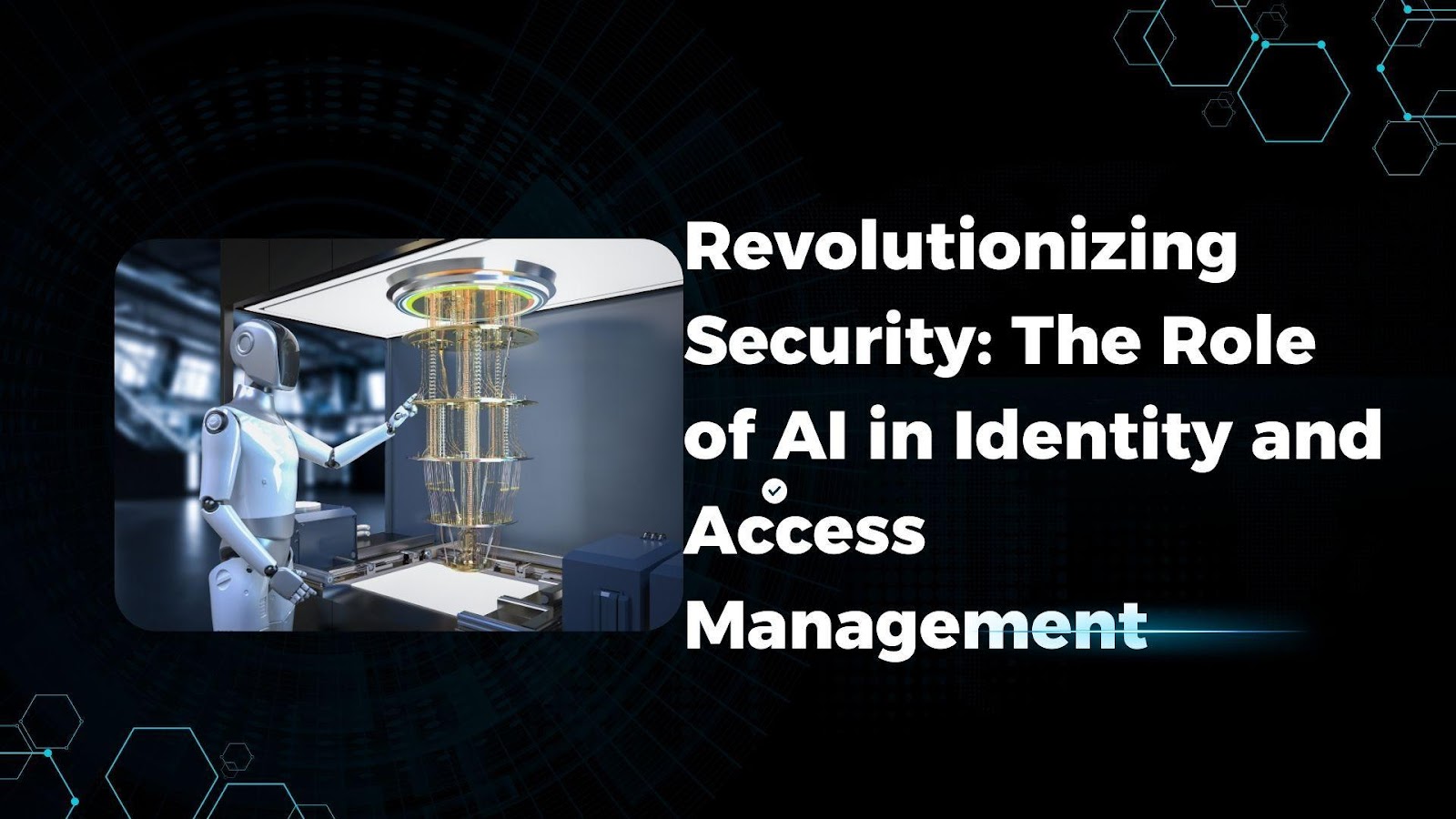In the ever-evolving digital landscape, organizations are faced with the pressing challenge of securing user identities and managing access to critical resources. Vasanth Kumar Naik Mudavatu, in his insightful article on AI-driven Identity and Access Management (IAM), highlights the transformative potential of artificial intelligence (AI) in enhancing cybersecurity. AI is not just a tool; it is becoming an essential foundation of modern security strategies, revolutionizing how businesses protect themselves from emerging threats.
The Heart of AI-Driven IAM: Behavioral Analytics
At the core of AI-driven IAM is the application of behavioral analytics. This innovative technology continuously monitors user activities, establishing baseline patterns of normal behavior. AI systems can then quickly identify deviations from these norms, which may indicate compromised credentials or malicious activity. This sophisticated approach offers significant improvements over traditional perimeter defenses, drastically reducing the time between a security breach and its detection. The ability to detect abnormal behavior, even from trusted users, has proven to be crucial in preventing identity-related breaches, making it a game-changer in the fight against cyber threats.
Adaptive Authentication: A Smarter Way to Authenticate
Gone are the days when authentication was a one-size-fits-all process. With AI-driven IAM, adaptive authentication dynamically adjusts security requirements based on real-time risk assessments. For low-risk situations, basic credentials may suffice, but for higher-risk scenarios, AI can implement multi-factor authentication to ensure that access is secure. This risk-based approach balances user convenience with robust security, making it easier for legitimate users to access resources while significantly reducing the risk of unauthorized access. This shift is particularly impactful in large organizations where traditional systems often result in user frustration and administrative burdens.
The Future of Threat Detection and Response
AI excels in threat detection due to its ability to process vast amounts of data and recognize subtle patterns that human analysts may overlook. AI-driven IAM systems continuously analyze identity-related data to detect security threats such as account takeover attempts, insider threats, and credential stuffing attacks. When these threats are identified, AI systems can trigger automated responses, such as forcing additional authentication steps or alerting security teams for immediate intervention. This ability to respond in real time has drastically improved mean time to detection, reducing the window of opportunity for attackers and minimizing potential damage.
Real-World Impact: Applications Across Industries
The benefits of AI-driven IAM are already being felt across various sectors, including finance, healthcare, and enterprise environments with remote workforces. In the financial sector, AI-driven IAM systems have significantly reduced fraud-related losses and improved the detection of suspicious activities. For healthcare organizations, AI-powered IAM ensures that patient information remains secure while granting healthcare professionals seamless access to the data they need. Furthermore, AI systems are proving to be invaluable in securing remote work environments, where traditional VPNs and perimeter-based security solutions struggle to keep up with the evolving landscape.
Overcoming Challenges in AI Implementation
Despite the many advantages of AI-driven IAM, its implementation is not without challenges. Data quality is one of the most significant hurdles, as machine learning algorithms require clean, representative data to function effectively. Additionally, privacy concerns must be carefully addressed, particularly as organizations collect and process large volumes of sensitive identity-related data. Successful implementation requires addressing these challenges head-on, establishing clear data governance frameworks, and ensuring transparency in how data is collected and used.
Looking Ahead: The Future of AI-Driven IAM
As AI technologies continue to evolve, the future of IAM is set to become even more sophisticated. The next generation of authentication systems will likely include advanced biometric techniques, such as facial recognition and palm vein authentication, which offer improved security and user experience. Quantum-resistant cryptography is another emerging area, designed to protect digital identities from the potential threats posed by quantum computing. Additionally, edge-based identity verification and self-healing security systems represent promising developments, offering enhanced security and performance by processing data closer to the user and automatically adapting to new threats.
In conclusion,AI-driven Identity and Access Management is more than just a trend—it is an essential evolution in cybersecurity. By harnessing the power of artificial intelligence, organizations can protect their digital assets from increasingly sophisticated threats while improving user experience and operational efficiency. As the technology continues to evolve, AI-driven IAM will become a critical component of every organization’s security strategy. As Vasanth Kumar Naik Mudavatu’s article underscores, AI-driven IAM is not just an advantage anymore—it’s a necessity in the modern digital age.



































